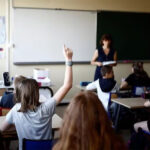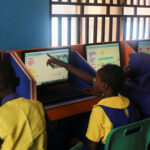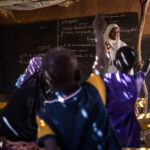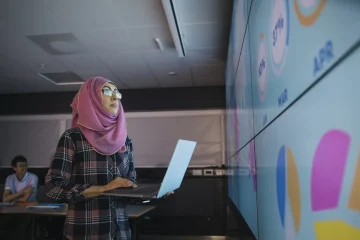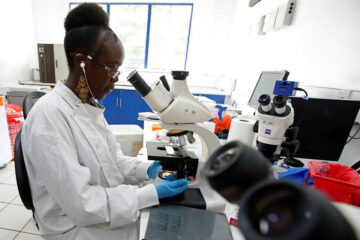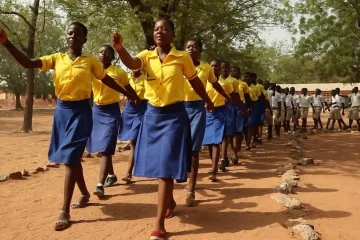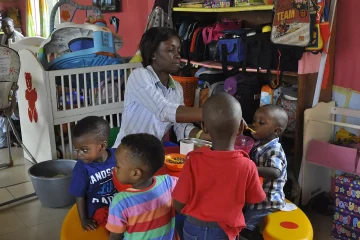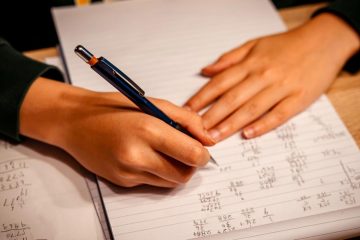IN the modern world of work, most computations are done using technology. In contrast, in South Africa, school maths computations and other kinds of mathematical work such as graph sketching and construction of geometric figures are done with pencil and paper despite the availability of computer software to perform these tasks.

What’s taught in schools – and how it’s taught – is at odds with equipping pupils with skills needed in the post-school world.
Our research explored what maths education should aim for in preparing students for the digital age, given that maths’ role in society is increasingly done by machines.
Establishing this will have an impact on future job requirements and the mathematics people will need to understand their world.
Teaching maths is dominated by a focus on development of computational fluency. This is at the expense of the developing competencies such as posing and solving problems, mathematical argumentation, reasoning and creativity. These competencies are stated as goals in the school mathematics curriculum.
But examinations such as the National Senior Certificate – the national exam pupils write in their final year of schooling – give priority to the computational aspects of mathematics. The mathematics curriculum shows that only 16.25% of the combined school-based mark and the final maths exam focuses on these skills and competencies for the world of today.
Based on our research, we recommend that pen-and-paper calculations be minimised. This would open the way for introducing more relevant topics in the maths curriculum.
Relevant topics include but are not limited to the distribution of resources, decision making maths, complexity theory, risk analysis and cryptology. Although these can be done with pencil and paper, available computer software offers an opportunity for deeper exploration of these topics.
It’s thus not an issue whether machines can or can’t deal with these topics. The issue is about the maths curriculum dealing with topics relevant for today’s world and teaching the competencies that cannot be done by technology. What pupils need is critical thinking and a grasp of the key ideas underlying the mathematics that computers use.
Making maths education relevant
Mathematical modelling and the applications of mathematics should also receive more attention in the school curriculum. Applications should steer clear of the popular “word problems” which dress up mathematical manipulations in story formats. This is not to suggest that problems shouldn’t be presented in story formats. Rather, “word problems” that merely require learners to identify which mathematical operation to use should be minimised.
An example is: “A school organises a visit to a museum for 208 learners. The learners will be transported by bus. How many buses must they order if a bus takes 52 learners?”
Modelling should ideally deal with authentic phenomena such as the accumulation of plastic bags against a school fence over time.
The descriptive, predictive and prescriptive purposes of mathematical models should be made clear. An example of the descriptive purpose of a mathematical model is the depiction of the shape of a leaf of a plant as triangular. Weather forecasting is an example of the use of mathematical models for predictive purposes. The prescriptive purpose of mathematical models is their use for decision-making for certain actions to be taken. For example, an automatic teller machine needs to identify whether a personal identification number is the correct one to proceed with performing a transaction.
The modelling done with COVID-19 data provides a sense of the interplay of the descriptive, predictive and prescriptive purposes and how it was used to determine lockdown levels.
Free software is available for mathematical model development. Through mathematical modelling learners can build various simulations of a situation and make decisions based on different scenarios.
A way forward
Mathematical terminology and constructs are used to convey information about the COVID-19 pandemic. Models, curve flattening, moving averages, rate of infection, forms of growth (doubling and exponential) and various forms of graphical and pictorial representations are just some of these terms and concepts.
The calculations performed with the data are done with software, not pen and paper. The mathematical techniques are fairly general and some of them are part of the school curriculum. But we suggest a shift away from competencies that compete with what computers can do towards competencies that complement computers.



